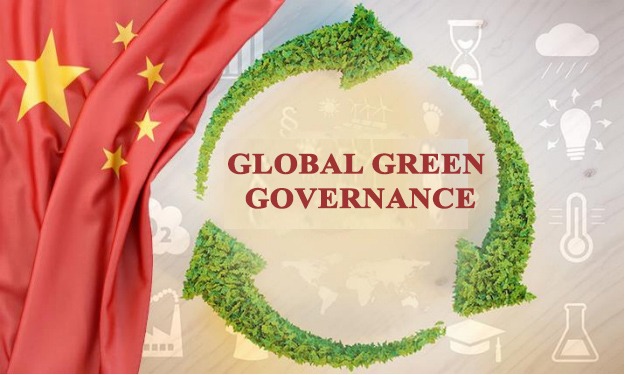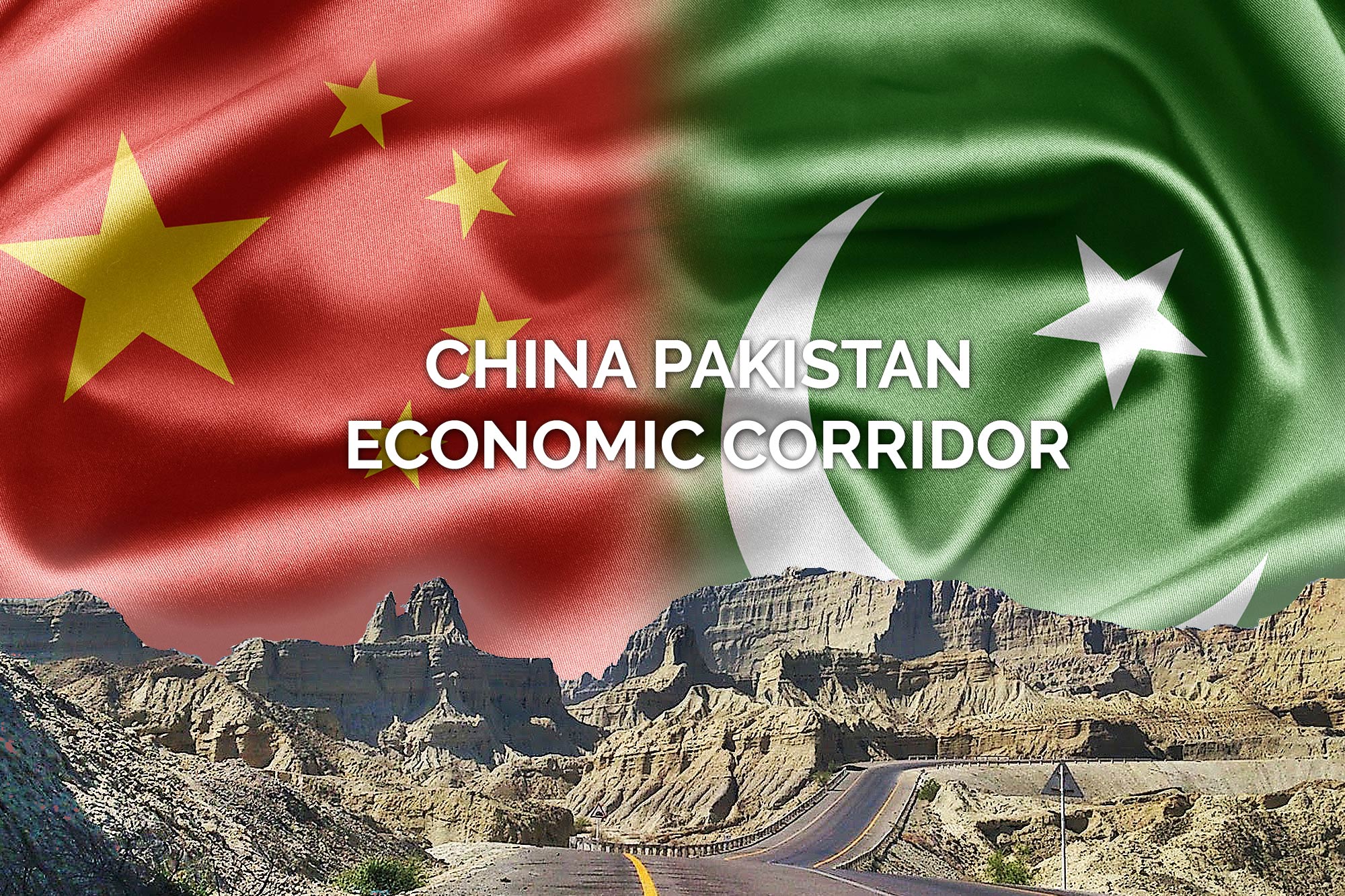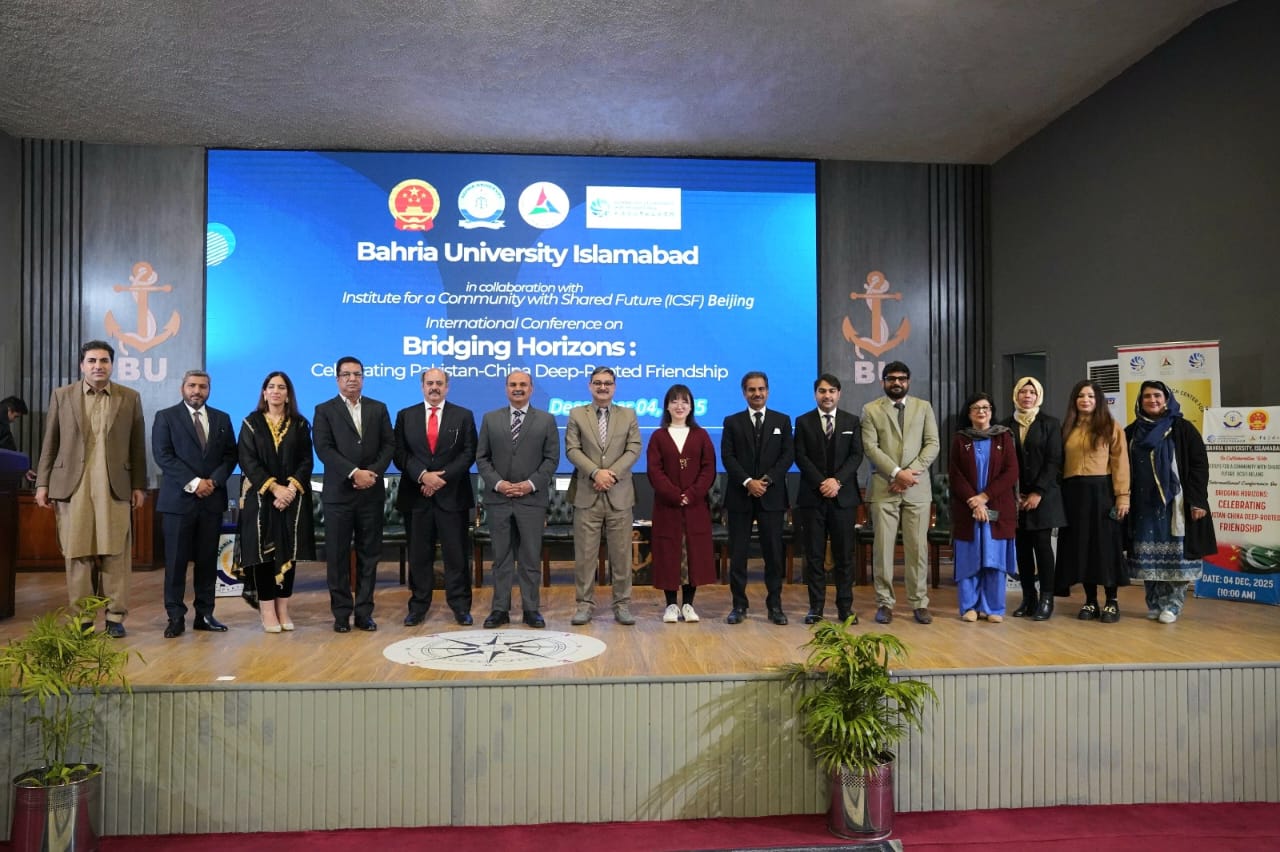China has emerged as a global champion of green governance in response to increasing climate change, environmental degradation, and the urgent need for sustainable development. It is guided by the philosophy of the ecological civilization concept rooted in harmonious coexistence between humanity and nature. The country has actively redefined its development trajectory to emphasize sustainability, green innovation, and climate responsibility, taking significant steps that are not only transforming its own economy but are also inspiring the world with massive solutions and partnerships for a greener or sustainable future.
One of China’s most significant contributions lies in the transformation of its energy policies. China has built the world’s largest and most rapidly expanding renewable energy system, laying the foundation for a clean energy future. In 2024, clean energy sources had generated nearly 40% of China’s electricity, a great step in decarbonizing its economy. The country’s leadership has enabled clean energy sources to account for nearly half of global employment in the renewable energy sector.
China boasts the world’s largest and most complete renewable energy industrial chain, producing over 70% of the world’s solar photovoltaic (PV) panels and leading global production of wind turbines and hydropower equipment. Dominance in new energy vehicles (NEVs) and lithium-ion batteries has also transformed international markets. For ten consecutive years, China has led the world in NEV production and sales, with exports surpassing 2 million units in 2024 alone, which led to the creation of 46% of global renewable energy jobs, according to international reports, making China a driver of green employment and low-carbon economies worldwide.
China is at the forefront of next-generation green technologies, leading in hydrogen energy development, energy storage systems, and high-voltage direct current (HVDC) transmission lines that efficiently transport renewable energy from remote areas to urban centers. China’s striving in advanced nuclear technology and green digital solutions shows its holistic strategy in reshaping its industrial base for long-term sustainability.
Significant ecological restoration projects further illustrate China’s integrated approach to green development, like the monumental “Three-North Shelterbelt Forest Program,” also known as the Great Green Wall, which is reversing desertification across northern China; the Yangtze River Protection Law, and urban innovations such as sponge cities and green design, which demonstrate the country’s commitment to biodiversity conservation and ecosystem health embedded in Chinese infrastructure planning.
Greening the Belt and Road Initiative (BRI)
One of China’s most impactful contributions to global green governance is the transformation of its mega-global ambitious project, the Belt and Road Initiative (BRI), into a model for sustainable international development, especially through initiatives like the Belt and Road Partnership on Green Development and the Belt and Road Initiative International Green Development Coalition, which now has over 150 partners from more than 40 countries.
Since 2013, a huge number of green energy projects have been launched under the BRI, ranging from hydropower and solar to wind and wastewater treatment infrastructure, to help its partners decarbonize in anticipated infrastructure investments, a crucial step toward meeting or fulfilling the goals of the Paris Agreement.
China’s led financing institutions, such as the Asian Infrastructure Investment Bank (AIIB), Silk Road Fund, and BRICS New Development Bank, are well known for promoting green finance globally. More than 39 financial institutions managing assets worth $48 trillion have signed on to the BRI’s Green Investment Principles, which provide tools like the “traffic light” system to ensure environmentally responsible development throughout a project’s lifecycle.
Global South Cooperation and Green Empowerment
China’s green development philosophy resonates strongly with the countries of the Global South through upholding the principle of “planning together, building together, and benefiting together,” which has been central to China’s green assistance. China has helped countries close their green investment gaps by providing concessional loans, interest-free financing, and technical cooperation. In Africa, China has launched hundreds of clean energy and grid projects, and in the Gulf Cooperation Council (GCC) countries, landmark solar projects like the Al Dhafra Solar PV in the UAE demonstrate how Chinese technology is helping partners diversify energy sources and reduce carbon footprints.
The China-Pakistan Economic Corridor (CPEC) is a shining example of green development cooperation that has significantly improved Pakistan’s energy sector while adhering to international environmental standards. China’s support for nature conservation, eco-friendly power plants, and climate-resilient infrastructure under CPEC, long-term vision for a sustainable and inclusive future.
China’s green leadership is also evident in policy planning, with the release of the 2023 “Opinions on the Joint Implementation of Green Development in the BRI” emphasizing pollution control, biodiversity protection, and climate adaptation. As a major architect of the Paris Agreement, China’s role in international climate diplomacy has committed to peaking carbon emissions by 2030 and achieving carbon neutrality by 2060. These targets are supported by measurable actions, including the acceleration of green finance, tightening of emissions standards, and increased integration of environmental, social, and governance (ESG) principles into corporate strategy. China actively integrates climate goals into its national development strategies and plays a vital role in shaping global climate governance.
As we approach a new era of global cooperation, China’s experience offers valuable lessons for nations at every development stage in proving that economic modernization need not come at the expense of the environment. Instead, green innovation, international collaboration, and long-term ecological vision harmonize to create shared prosperity for all mankind. From clean technologies and ecosystem restoration to international green partnerships, China is not only meeting its climate pledges but also setting a global standard and, most importantly, the pillars for a more resilient and harmonious global order.

Ms. Hafsa Akram is Research Assistant at Pakistan Research Center for a Community with Shared Future (PRCCSF), Islamabad.












